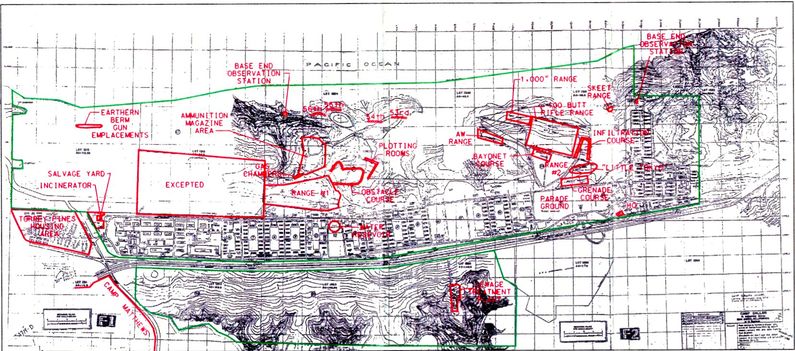I think a lot of sailplane pilots think of hang gliders as parachutes with sticks. That was understandable when you look back at the early days, especially at Torrey Pines where conflicts developed between the hang gliding mania and the established disciplines of sailplanes and RC modellers. But it was regrettable the Soaring Society of America did not officially take hang gliding under its wings when we started breaking 200 miles distance in the 1980s. Those flights exceeded the accomplishments of the very best high-performance sailplanes of the middle 1930s.
Lori Judy and I were the chase crew for the first 221-mile hang gliding flight in July, 1983. I wrote up the flight for submission to SSA
Soaring but received the manuscript back, refused, with the following note:
Dear Rick:
Thanks for thinking of Soaring with the piece on Larry Tudor's flight. While I agree with the desirability of contacts between all manner of soaring activities, I think this piece really belongs in a hang gliding publication rather than in Soaring.
I tend to get a little hesitant about printing accounts in which FAR violations are routine, and I gather that in this sort of flying it is considered normal to fly at altitude without oxygen for hours at a time. Aside from being extremely cold, that is also extremely risky and I would judge that Larry Tudor is lucky to have survived it.
I am quite familiar with the area around Austin and the Reese River valley, having lived there in 1945 and shot rabbits by the pickup load in the valley, so I could follow his route with interest. No way to belittle it; it was a hell of a flight. It is worth mentioning that not too long ago it would have been considered a hell of a flight for a high performance sailplane. Thanks for letting us see it.
Sincerely,
Robert N. Said, Editor*
Of course, I was not aware of any FAR violations in Larry Tudor's flight. There were none. Editor Bob Said's elitist attitude was a reflection of the arm's-length policy of the SSA, established in the 1970s due to the high fatality rate and bad press of early hang gliding. I am certain, however, that the founders and early principals of the SSA would have embraced modern hang gliders with open arms, had they appeared upon the scene in the 1930s, because the stated purpose of the association was to foster the growth of
soaring, not a particular type of aircraft. And the holy grail was distance achieved without an engine.
Tudor's flight, had it taken place in the early days of soaring, would have stood as the world's longest gliding flight until July 28, 1934, when Heini Dittmar established a world record distance of 375 kilometers (234.5 miles) with a flight from Germany's Wasserkuppe to Gitschin, Czechoslovakia.
* Rick Masters, “Racing for the Record”
Rick Masters, "Whole Air Magazine" -- USA, Sept/Oct 1983
Rick Masters, "Wings" -- United Kingdom, October 1983
Rick Masters, "Drachenflieger" -- Germany, November 1983
Rick Masters, "HanGlider" -- Japan, December 1983
Rick Masters, "Glider Rider" -- USA, December 1983
https://web.archive.org/web/20110902024 ... racing.htm



